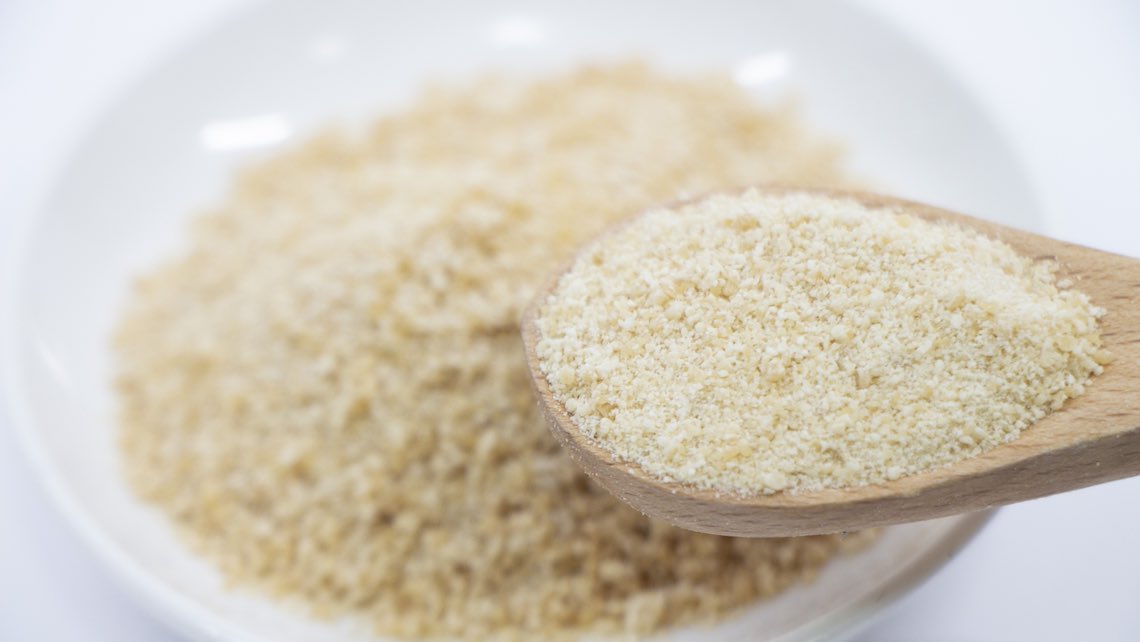Japanese Pepper [Sansho]

Japanese Name and Pronunciation:

[sanshou]
Sansho, also known as Japanese pepper, is a spice commonly used in Japanese cooking. It is derived from the berries of the prickly ash tree and has a unique flavor profile that adds a distinct taste to dishes. Here are some key points about sansho in Japanese cuisine:

Flavor
Sansho has a complex flavor that is both citrusy and peppery. It has a mildly numbing effect on the tongue, similar to Sichuan peppercorns. The flavor is often described as zesty, tangy, and slightly earthy, with hints of lemon and pine.
Culinary Uses
Sansho is commonly used in various Japanese dishes to enhance flavors and provide a subtle tingling sensation. It is frequently used as a seasoning for grilled or simmered meats, such as yakitori (grilled skewered chicken) and sukiyaki (a hot pot dish). It is a key ingredient in dishes like “unagi no kabayaki” (grilled eel), where it helps balance the rich flavors and adds a refreshing element. Additionally, sansho is a main component of traditional Japanese spice blends like shichimi togarashi. It is prized for its ability to elevate flavors and add a subtle, invigorating touch to a wide range of Japanese dishes.
Medicinal Properties
In addition to its culinary uses, sansho is also believed to have medicinal properties in traditional Japanese medicine. It is known for its potential antibacterial, antifungal, and digestive benefits.







